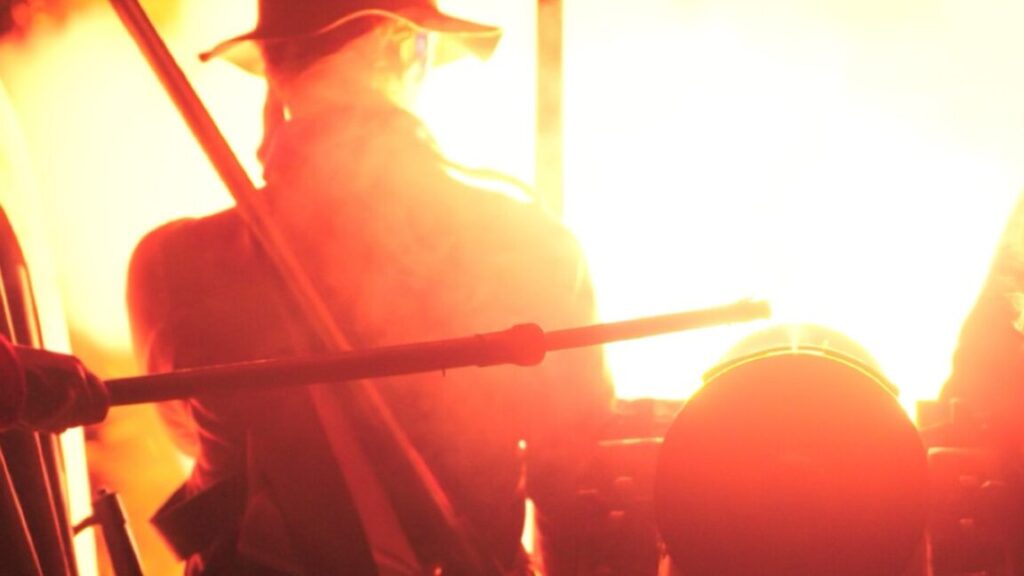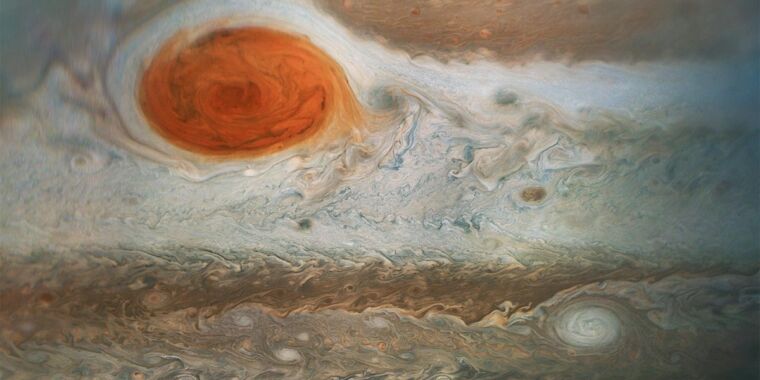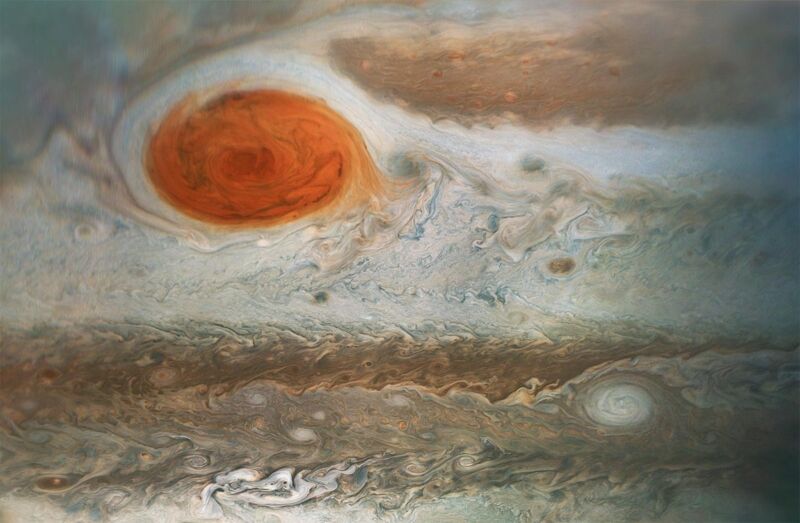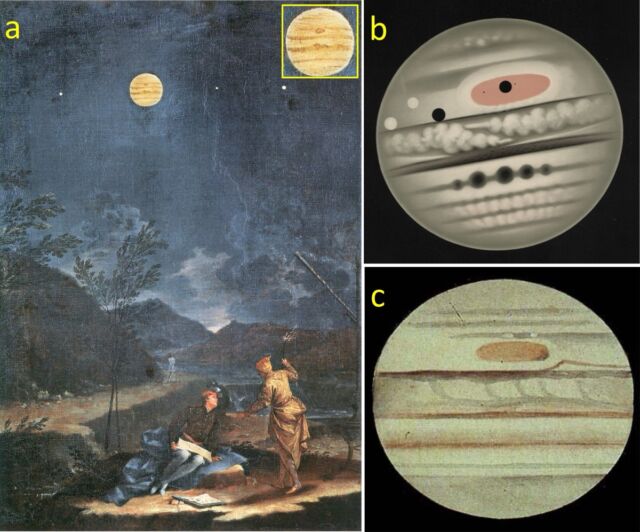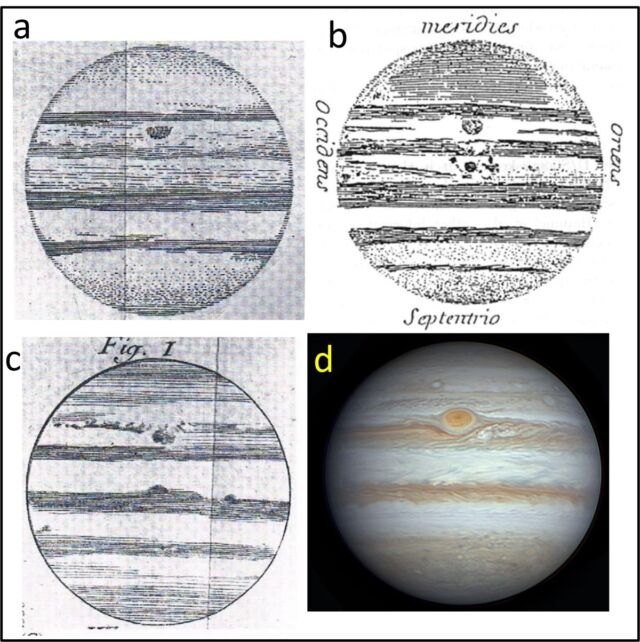Live demos test effectiveness of Revolutionary War weapons
not just men with muskets
Pitting the Brown Bess against the long rifle, testing the first military submarine, and more.
The colonial victory against the British in the American Revolutionary War was far from a predetermined outcome. In addition to good strategy and the timely appearance of key allies like the French, Continental soldiers relied on several key technological innovations in weaponry. But just how accurate is an 18th-century musket when it comes to hitting a target? Did the rifle really determine the outcome of the war? And just how much damage did cannon inflict? A team of military weapons experts and re-enactors set about testing some of those questions in a new NOVA documentary, Revolutionary War Weapons.
The documentary examines the firing range and accuracy of Brown Bess muskets and long rifles used by both the British and the Continental Army during the Battles of Lexington and Concord; the effectiveness of Native American tomahawks for close combat (no, they were usually not thrown as depicted in so many popular films, but there are modern throwing competitions today); and the effectiveness of cannons against the gabions and other defenses employed to protect the British fortress during the pivotal Siege of Yorktown. There is even a fascinating segment on the first military submarine, dubbed “the Turtle,” created by American inventor David Bushnell.
To capture all the high-speed ballistics action, director Stuart Powell relied upon a range of high-speed cameras called the Phantom Range. “It is like a supercomputer,” Powell told Ars. “It is a camera, but it doesn’t feel like a camera. You need to be really well-coordinated on the day when you’re using it because it bursts for, like, 10 seconds. It doesn’t record constantly because it’s taking so much data. Depending on what the frame rate is, you only get a certain amount of time. So you’re trying to coordinate that with someone trying to fire a 250-year-old piece of technology. If the gun doesn’t go off, if something goes wrong on set, you’ll miss it. Then it takes five minutes to reboot and get ready for the new shot. So a lot of the shoot revolves around the camera; that’s not normally the case.”
Constraints to keep the run time short meant that not every experiment the crew filmed ended up in the final document, according to Powell. For instance, there was one experiment in a hypoxia chamber for the segment on the Turtle, meant to see how long a person could function once the sub had descended, limiting the oxygen supply. “We felt there was slightly too much on the Turtle,” said Powell. “It took up a third of the whole film.” Also cut, for similar reasons, were power demonstrations for the musket, using boards instead of ballistic gel. But these cuts were anomalies in the tightly planned shooting schedule; most of the footage found its way onscreen.
The task of setting up all those field experiments fell to experts like military historian and weapons expert Joel Bohy, who is a frequent appraiser for Antiques Roadshow. We caught up with Bohy to learn more.
Redcoat re-enactors play out the Battle of Lexington. GBH/NOVA
Ars Technica: Obviously you can’t work with the original weapons because they’re priceless. How did you go about making replicas as close as possible to the originals?
Joel Bohy: Prior to our live fire studies, I started to collect the best contemporary reproductions of all of the different arms that were used. Over the years, I’ve had these custom-built, and now I have about 14 of them, so that we can cover pretty much every different type of arm used in the Revolution. I have my pick when we want to go out to the range and shoot at ballistics gelatin. We’ve published some great papers. The latest one was in conjunction with a bullet strike study where we went through and used modern forensic techniques to not only locate where each shooter was, what caliber the gun was, using ballistics rods and lasers, but we also had 18th-century house sections built and shot at the sections to replicate that damage. It was a validation study, and those firearms came in very handy.
Ars Technica: What else can we learn from these kinds of experiments?
Joel Bohy: One of the things that’s great about the archeology end of it is when we’re finding fired ammunition. I mostly volunteer with archaeologists on the Revolutionary War. One of my colleagues has worked on the Little Bighorn battlefield doing firing pin impressions, which leave a fingerprint, so he could track troopers and Native Americans across the battlefields. With [the Revolutionary War], it’s harder to do because we’re using smooth-bore guns that don’t necessarily leave a signature. But what they do leave is a caliber, and they also leave a location. We GIS all this stuff and map it, and it’s told us things about the battles that we never knew before. We just did one last August that hasn’t been released yet that changes where people thought a battle took place.
We like to combine that with our live fire studies. So when we [conduct the latter], we take a shot, then we metal detect each shot, bag it, tag it. We record all the data that we see on our musket balls that we fired so that when we’re on an archeology project, we can correlate that with what we see in the ground. We can see if it hits a tree, if it hits rocks, how close was a soldier when they fired—all based upon the deformation of the musket ball.
Ars Technica: What is the experience of shooting a replica of a musket compared to, say, a modern rifle?
Joel Bohy: It’s a lot different. When you’re firing a modern rifle, you pull the trigger and it’s very quick—a matter of milliseconds and the bullet’s downrange. With the musket, it’s similar, but it’s slower, and you can anticipate the shot. By the time the cock goes down, the flint strikes the hammer, it ignites the powder in the pan, which goes through the vent and sets off the charge—there’s a lot more time involved in that. So you can anticipate and flinch. You may not necessarily get the best shot as you would on a more modern rifle. There’s still a lot of kick, and there’s a lot more smoke because of the black powder that’s being used. With modern smokeless powder, you have very little smoke compared to the muskets.
Ars Technica: It’s often said that throughout the history of warfare, whoever has the superior weapons wins. This series presents a more nuanced picture of how such conflicts play out.
John Hargreaves making David Bushnell’s submarine bomb. GBH/Nova
Joel Bohy: In the Revolutionary War, you have both sides basically using the same type of firearm. Yes, some were using rifles, depending on what region you were from, and units in the British Army used rifles. But for the most part, they’re all using flintlock mechanisms and smoothbore guns. What comes into play in the Revolution is, on the [Continental] side, they don’t have the supply of arms that the British do. There was an embargo in place in 1774 so that no British arms could be shipped into Boston and North America. So you have a lot of innovation with gunsmiths and blacksmiths and clockmakers, who were taking older gun parts, barrels, and locks and building a functional firearm.
You saw a lot of the Americans at the beginning of the war trying to scrape through with these guns made from old parts and cobbled together. They’re functional. We didn’t really have that lock-making and barrel-making industry here. A lot of that stuff we had imported. So even if a gun was being made here, the firing mechanism and the barrels were imported. So we had to come up with another way to do it.
We started to receive a trickle of arms from the French in 1777, and to my mind, that’s what helped change the outcome of the war. Not only did we have French troops arriving, but we also had French cloth, shoes, hats, tin, powder, flints, and a ton of arms being shipped in. The French took all of their old guns from their last model that they had issued to the army, and they basically sold them all to us. So we had this huge influx of French arms that helped resupply us and made the war viable for us.
Close-up of a cannon firing. GBH/NOVA
Ars Technica: There are a lot of popular misconceptions about the history of the American Civil War. What are a couple of things that you wish more Americans understood about that conflict?
Joel Bohy: The onset of the American Revolution, April 1775, when the war began—these weren’t just a bunch of farmers who grabbed their rifle from over the fireplace and went out and beat the British Army. These people had been training and arming themselves for a long time. They had been doing it for generations before in wars with Native forces and the French since the 17th century. So by the time the Revolution broke out, they were as prepared as they could be for it.
“The rifle won the Revolution” is one of the things that I hear. No, it didn’t. Like I said, the French arms coming in helped us win the Revolution. A rifle is a tool, just like a smoothbore musket is. It has its benefits and it has its downfalls. It’s slower to load, you can’t mount a bayonet on it, but it’s more accurate, whereas the musket, you can load and fire faster, and you can mount a bayonet. So the gun that really won the Revolution was the musket, not the rifle.
It’s all well and good to be proud of being an American and our history and everything else, but these people just didn’t jump out of bed and fight. These people were training, they were drilling, they were preparing and arming and supplying not just arms, but food, cloth, tents, things that they would need to continue to have an army once the war broke out. It wasn’t just a big—poof—this happened and we won.
Revolutionary War Weapons is now streaming on YouTube and is also available on PBS.
Jennifer is a senior writer at Ars Technica with a particular focus on where science meets culture, covering everything from physics and related interdisciplinary topics to her favorite films and TV series. Jennifer lives in Baltimore with her spouse, physicist Sean M. Carroll, and their two cats, Ariel and Caliban.
Live demos test effectiveness of Revolutionary War weapons Read More »
